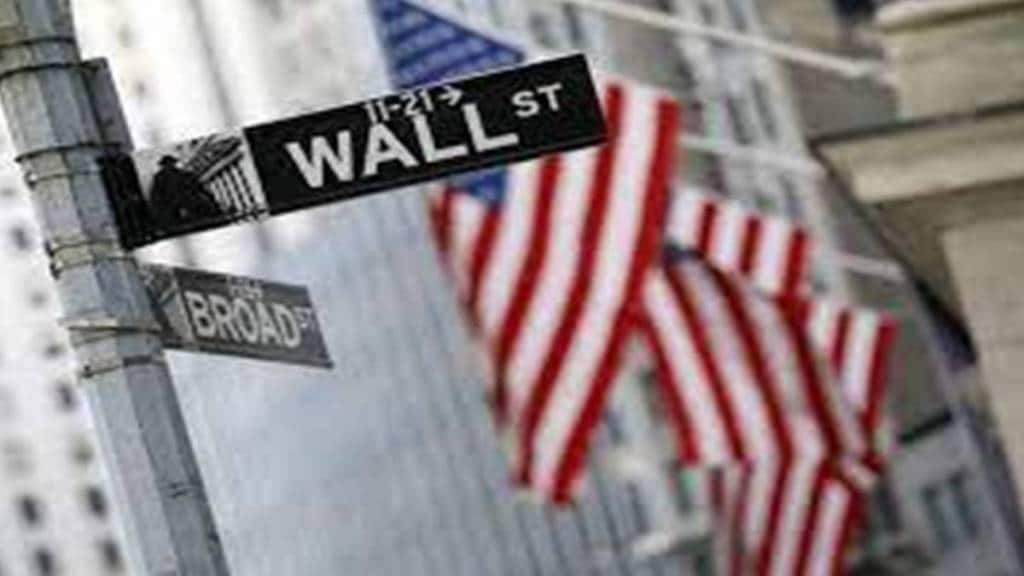As the rally in tech stocks fizzled and ongoing inflationary pressures solidified expectations for higher rates in the US and Europe, US equity prices declined. The US core personal consumption expenditures price index, the Fed’s favoured gauge of inflation, outperformed forecasts at 4.6%, highlighting the difficult macroeconomic climate. It is anticipated that the Fed will increase its benchmark interest rate by a quarter percentage point at its upcoming meeting in light of the PCE data and rising labour costs.
The Dow Jones, Nasdaq 100 and S&P 500 opened lower on Friday. Markets are still on edge as inflation statistics confirmed predictions of an interest rate hike by the Federal Reserve next week and potentially in June.
Reportedly, Bank of America says that S&P 500 should be sold above 4,200.
The two most valuable firms in the world saw their combined weightings in the benchmark increase to a record 14% this week after Microsoft and other companies released good earnings reports that sparked a surge in technology equities. Including Alphabet Inc., Amazon.com Inc., Meta Platforms Inc., and Nvidia Corp., just six companies now account for nearly a quarter of every dollar invested in the S&P 500.
Despite better-than-expected quarterly revenue, Amazon stock price fell by almost 3.5% due to worries about weak cloud growth. Meanwhile, Pinterest shares dropped more than 13% as failing second-quarter revenue growth estimates caused Snap to plunge 20% after missing revenue projections.
Exxon had a record-breaking first quarter. In comparison to the same period last year, its profit increased by more than twofold. In fact, the oil giant set a first-quarter record with earnings of $11.43 billion for the first three months. According to Chief Financial Officer Kathryn Mikells, increased manufacturing helped strengthen the bottom line.
The yield on the 10-year US Treasury note, which is used as a barometer for borrowing costs globally, dropped under 3.45% on Friday as a result of a flurry of economic data that revealed fresh information on how the US economy performs in a setting with higher interest rates.
The hazards of entrenched price growth when oil prices decline were highlighted by the fact that Core PCE prices, the Federal Reserve’s favoured inflation indicator, slowed less than anticipated and outperformed the headline statistics.
Additionally, personal income and employment costs came in above forecasts, which helped to support short-term bond yields. The information supported calls from FOMC members for higher borrowing costs for the rest of the year and consolidated bets on the Fed raising rates by 25 basis points next week.


